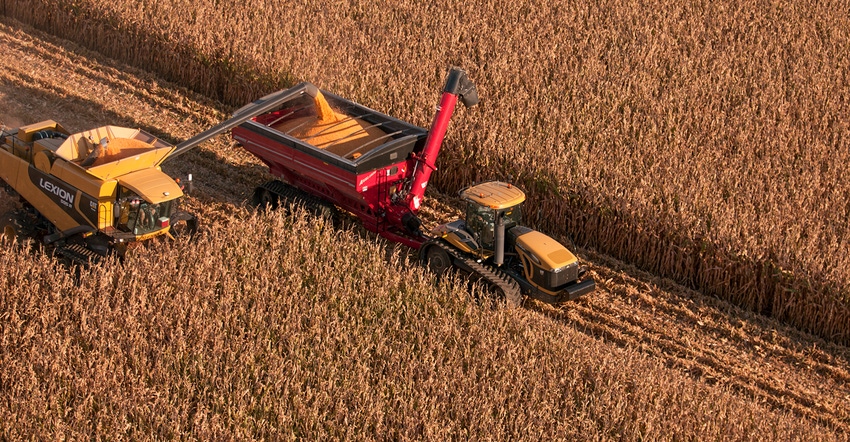
Grain carts are historically one of the most reliable implements on the farm. They have few moving parts that need to be serviced. Yet if your cart is down for a day or two, harvest productivity can be cut by one-third or more.
Be sure to perform a preseason inspection and, if needed, maintenance on your grain cart to help ensure a successful harvest with maximum uptime.
The product support staff at Unverferth put their heads together to come up with these tips. Here are 10 ways to make sure your grain cart is ready, whether you first use it for wheat, soybeans or corn:
1. Check lug nuts on wheels or tracks. Check for proper torque along with correct tire pressure, as outlined in the operator’s manual. Since last use of the grain cart, tires can lose air, but the loss may not be visible until the cart is loaded in the field.
2. Verify that the auger flighting diameter is within 1 inch of the original factory diameter. Replace if necessary. You want to check this now so you can get the part and make the repair, if necessary. Having the proper flighting diameter aids in unloading speed and enhances grain quality.
3. Inspect gearboxes for the correct oil level. Refill with the type and weight of oil recommended in the manual.
4. Make sure drive belts are in good condition before heading to the field. Inspect them for signs of wear or cracking.
5. Properly lubricate all driveline and auger points. Refer to the operator’s manual per manufacturer’s specifications.
6. If it’s a PTO-driven cart, make sure all shields and chains are in place. Replace any shields or chains that are missing now.
7. Check the PTO. Make sure it’s properly lubricated and functioning, and that the length matches up to the tractor.
8. Verify that all shielding or grating is in place at the various locations. Make sure safety decals are in place and legible, lighting is properly functioning, and the slow-moving vehicle emblem is visible and meets current standards. Clean lights for maximum visibility before and during harvest.
9. Do an overall inspection of the undercarriage. Identify and correct any areas that may be showing signs of extreme stress from years of service. Consider using a plastic wear pad on the hitch on larger-capacity carts to minimize drawbar wear.
10. If equipped with a scale or other weighing system, verify that it is working properly. Recalibrate the scale or weighing system on a level surface.
About the Author(s)
You May Also Like




